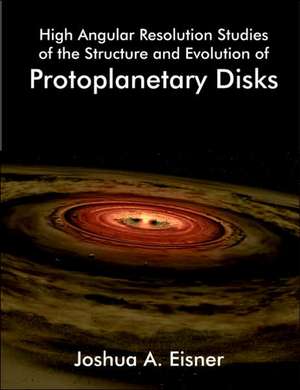High Angular Resolution Studies of the Structure and Evolution of Protoplanetary Disks
Autor Joshua A. Eisneren Limba Engleză Paperback – 24 iun 2005
Preț: 200.37 lei
Nou
Puncte Express: 301
Preț estimativ în valută:
38.34€ • 39.95$ • 31.75£
38.34€ • 39.95$ • 31.75£
Carte tipărită la comandă
Livrare economică 03-17 aprilie
Preluare comenzi: 021 569.72.76
Specificații
ISBN-13: 9781581122800
ISBN-10: 1581122802
Pagini: 240
Dimensiuni: 189 x 246 x 13 mm
Greutate: 0.44 kg
Editura: Dissertation.Com.
Locul publicării:United States
ISBN-10: 1581122802
Pagini: 240
Dimensiuni: 189 x 246 x 13 mm
Greutate: 0.44 kg
Editura: Dissertation.Com.
Locul publicării:United States
